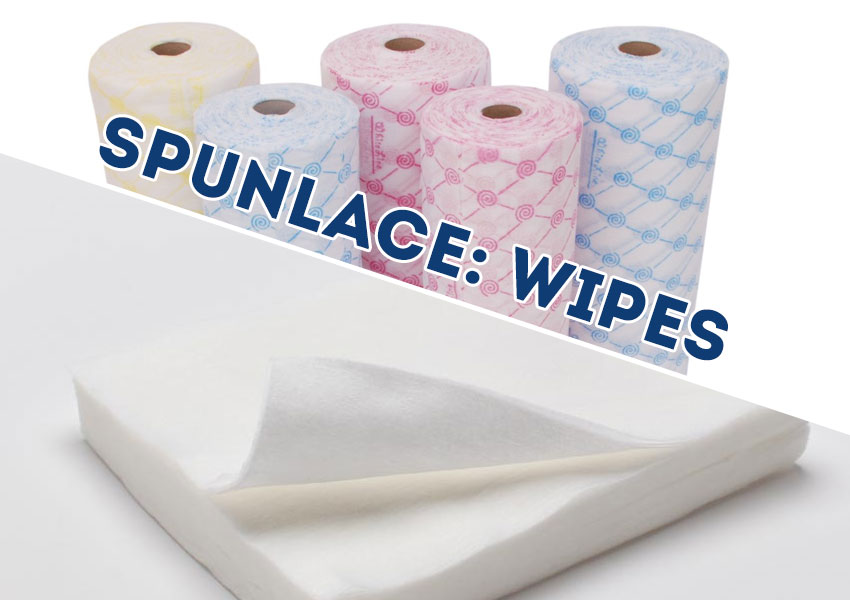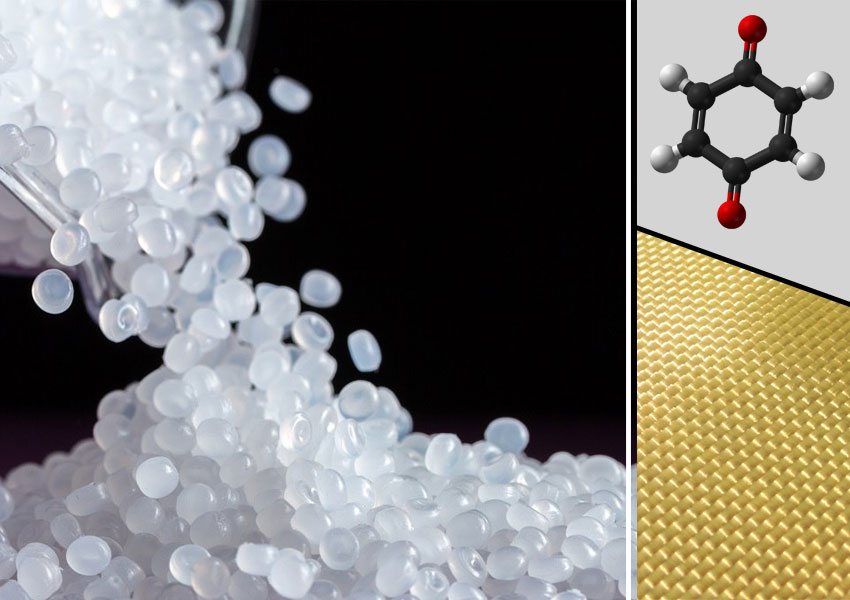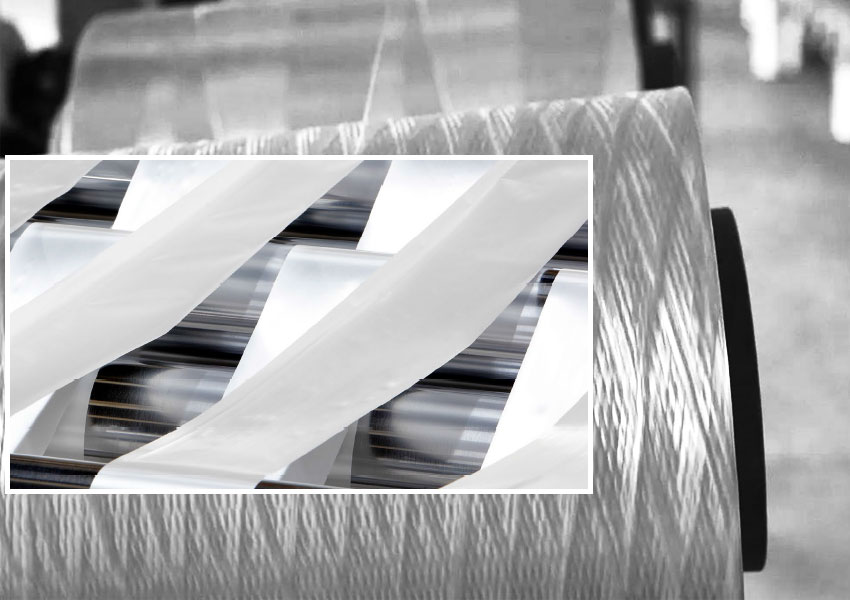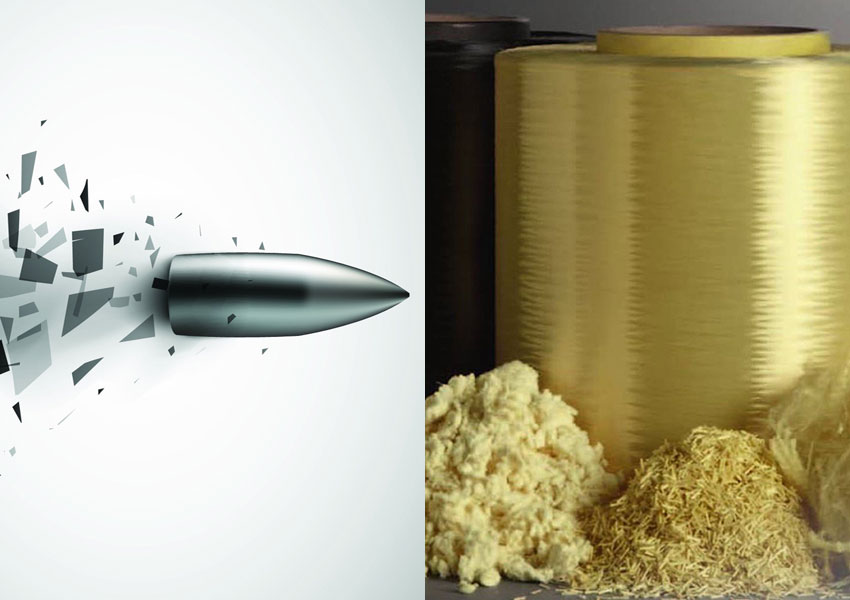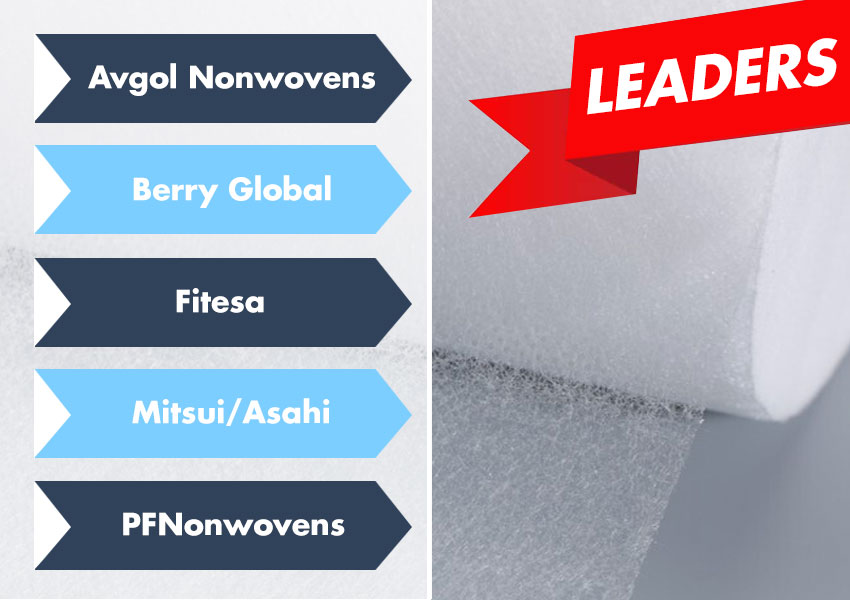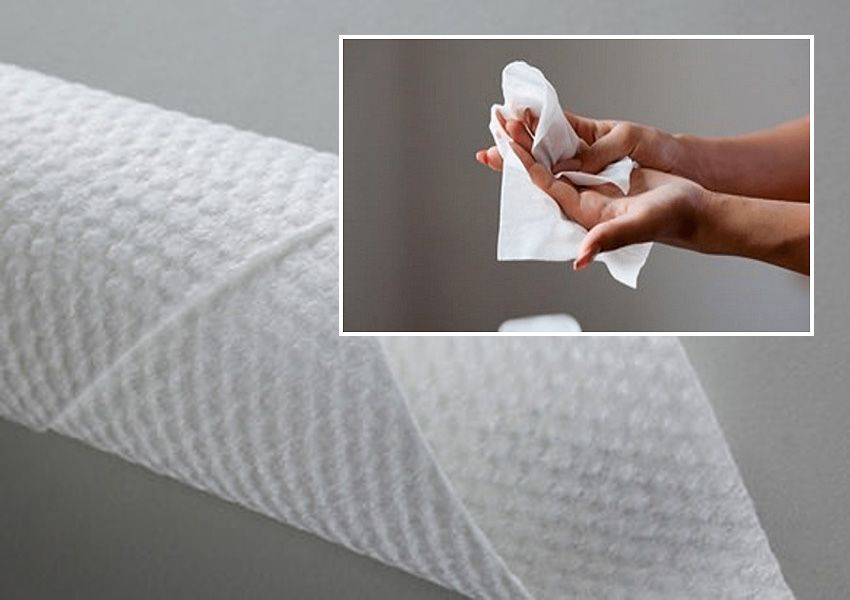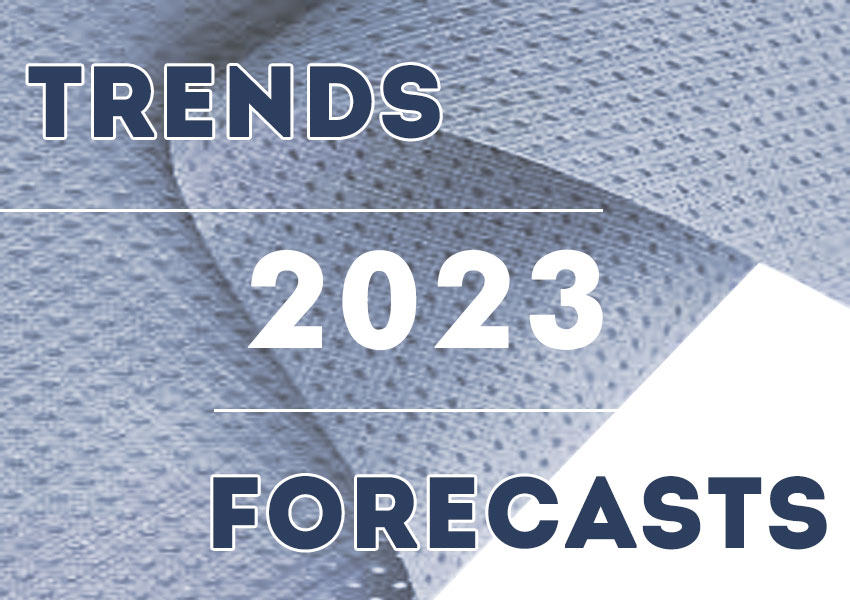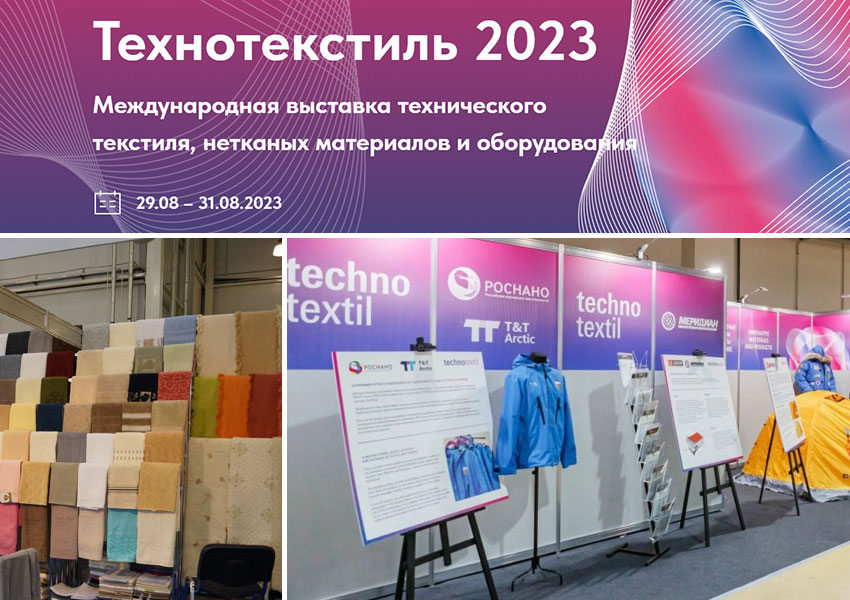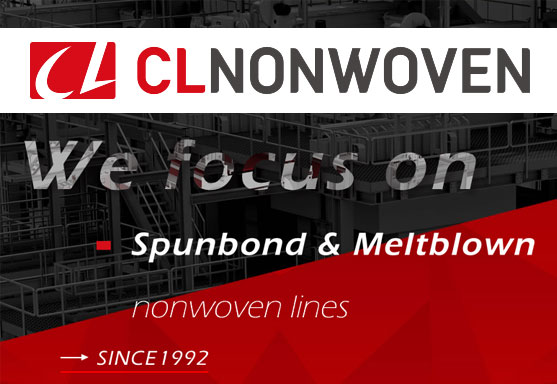Publications
Last
Advertisement
Partners


Airlaid innovations - key players and market trends

The airlaid nonwovens market is ready for growth. Among the factors stimulating the development of this market are the global growth in the napkin sector, the increased use of hygiene products in developing countries and the rapid aging of the population in developed countries, which leads to an increase in the number of users of hygiene products for adults suffering from incontinence. In addition, airlaid manufacturers are looking for growth opportunities outside of these traditional markets.
The global consumption of Airlaid nonwovens is expected to grow from 574,750 tons in 2022 to 768,800 tons in 2027. Over the same period, sales will increase from $2.1 billion to $2.9 billion at constant prices; equivalent to a cumulative annual growth rate of 7.7%.
The growing demand for more eco-friendly wipes, feminine hygiene products and food products will play a key role in stimulating the growth of airlaid nonwovens consumption over the next five years.
In recent years, the supply of airlaid materials has been characterized as limited. After the market experienced a period of expansion in the early 2000s, which led to an excessive excess of production capacity, recent investments have been modest, including new lines from Glatfelter in Arkansas (2018), Magic in Italy (2021) and a new line announced by Domtar. The airlaid Engineering Absorbent Materials (EAM) plant in Jesup, Georgia, USA is expected to be commissioned in the first quarter of 2023.
In the airlide market in 2022, there is a relatively small supply/demand ratio. Worldwide, this ratio is in the range of 92%; North America and Europe are in the middle range of 90%, and Asia is in the middle range of 80%.
Currently, Glatfelter occupies a dominant position, with about 30% of global capacity and a higher percentage of global production.
From a geographical point of view, despite the fact that there is still a very large growth potential in the Asian hygiene products markets, especially in India and China, the currently expected recession of the economy around the world, as well as the already slowing growth in China, make the growth in demand for airlaid materials in this market less likely in the short term. Among traditional applications, such as adult incontinence hygiene products and absorbent food liners, they will grow at an above-average rate until 2027, and new, non-traditional markets such as insulation materials, packaging and molded consumer goods will ensure further growth.
Increase in Airlaid capacity
The increase in the production capacity of airlaid nonwovens by Domtar EAM includes the installation of a high-performance Dan-Web airlaid line. The machine will be fully commissioned in the first quarter of 2023, which will increase Domtar's ability to deliver unique solutions in the field of absorbent materials to both domestic and international customers. Domtar EAM has been developing and manufacturing innovative high-quality absorbent materials since 1998. It was the need for a wider technological diversity of airlaid materials that was one of the reasons why EAM decided to invest in the new line. EAM/Domtar offers a full range of airlaid materials: multi-bonded, thermally bonded, bonded by hot/cold calendering, as well as absorbent laminated materials and cellulose.
Molded pulp products, packaging products and filtration are some of the new airlaid applications that are driving the growth in demand for the material. In addition, diversified product offerings to meet niche markets defined by climate change, environmental friendliness, the concept of sustainable development, as well as the demand for specific products that meet a number of needs of the younger generation, also stimulate the growth of airlaid materials.
In Italy, Magic's new Airlaid line, supplied by Campen Machinery, can produce several types of thermally bonded Airlaid products with or without fabric, nonwovens as a supporting substrate. Before investing in its own equipment, Magic acquired airlaid materials from external suppliers and specialized in converting airlaid nonwovens for food processing, medicine, hygiene and household applications. A few years ago, Magic developed Spongel – a superabsorbent biodegradable powder. There was a need to develop and produce our own airlaid material. After the development of Spongel, the company focused its efforts on the use of powder in the airlaid material and came to the conclusion that in order to obtain customized products with high added value, it needs to be able to control the entire production process. The Airlaid line manufactured by Campen was installed at the end of 2019. It consists of several hammer crushers, a fiber ripper, drum forming aerodynamic heads, a dispenser of SAP superabsorbent powder, a compactor, a thermal bonding furnace, a calender with a cooling zone, a process air filter and a humidification system. The line also includes a substrate unwinder (if necessary) and a winding machine for the final winding of the formed material, as well as a metal detector and an integrated scanning system for measuring and controlling the density of the web.
Glatfelter Growth
Over the past five years, Glatfelter has expanded its aerodynamic materials business through acquisitions and investments, remaining a leading player in this nonwovens technology. The company entered the Airlaid business through the acquisition of Concert Industries in 2010 and has since acquired Georgia-Pacific's European facility in Steinfurt, Germany in 2018, as well as its Airlaid business in North America, including Mount Holly, NC, GP Airlaid. production operations in 2020. In 2018, the company also added a 20,000 ton line to Fort Smith, Arkansas.
According to the company's executives, the global airlaid markets served by Glatfelter still have significant potential for growth. Glatfelter focuses on maintaining and expanding relationships with customers who are market-leading consumer goods companies, as well as companies engaged in the conversion of rolled materials into final products and their distribution through private trademarks. Due to the continuous growth of the world's population, the steady increase in sanitary and hygienic standards and the increased demand for comfort and convenience, Glatfelter's airlaid products have proven themselves well as distribution layers and cores for premium absorbent hygiene products, countertop fabrics and napkins and bases for baby wet wipes. According to the company, the most dynamically developing regions are in Asia, but there is a steady increase in demand in more mature markets.
In terms of innovation, GlatPure's newly developed line of fully plant-based absorbent hygiene products includes distribution layer and absorbent core materials. Airlaid ADL is a non-woven material based on low-density cellulose fiber, which creates the porosity necessary for optimal fluid management. Porosity increases artificially with the help of biodegradable binders, which also provide improved fiber-to-fiber adhesion. Meanwhile, the absorbent core of Airlaid ADL consists of a non-woven material based on high-density cellulose fiber, which is reinforced with cellulose binders to increase the strength of the web and fiber-to-fiber integration, which provides abrasion resistance to the surface of the material. The GlatPure product range also includes top-sheet materials manufactured using spunlace technology and back-sheet paper-based materials manufactured using wet-laid technology.
Glatfelter is also looking for growth opportunities beyond the traditional applications of airlaid materials. One of her recent endeavors is a partnership with Blue Ocean Closures and ALPLA, as well as the recent development of a bottle cap based on cellulose airlaid material. It is reported that Blue Ocean Closures is the first company to develop an innovative concept for fiber-based screw caps that are completely biodegradable, biodegradable in the ocean and recyclable.

